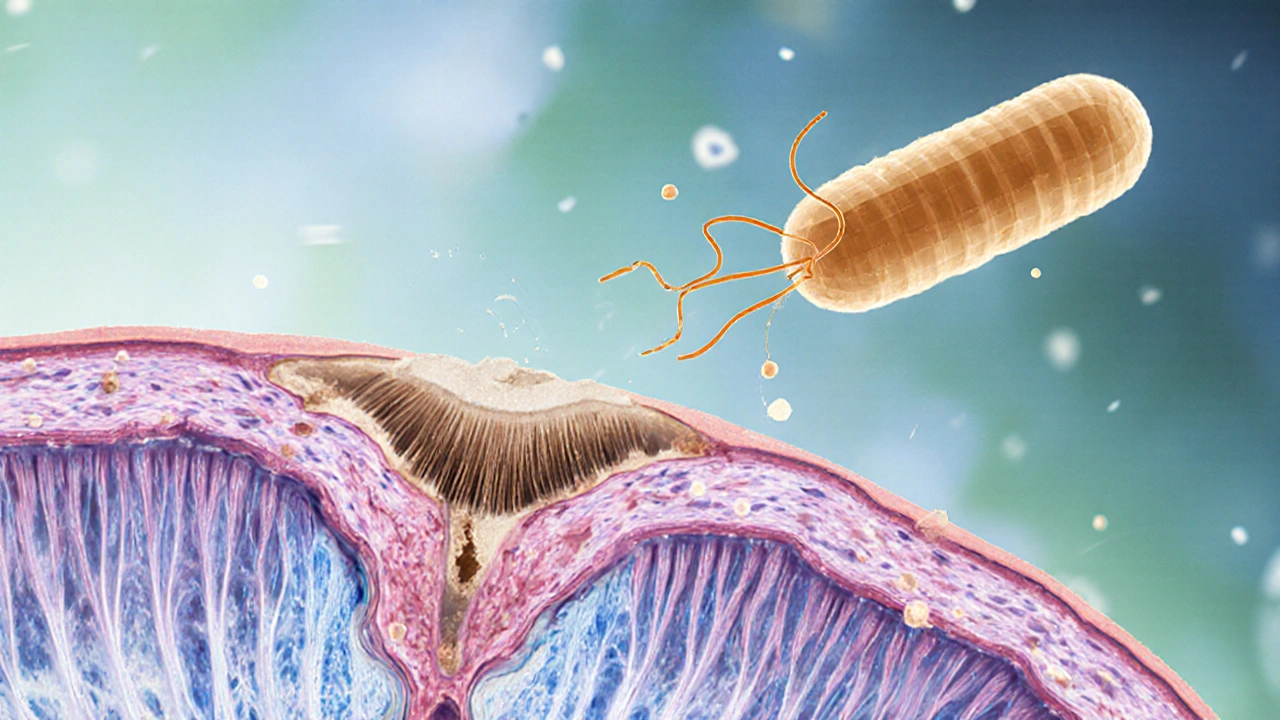Příčiny kašle u dětí – co by měl každý rodič vědět
When working with příčiny kašle, je to soubor faktorů, které vyvolávají kašel, nejčastěji u dětí. Also known as příčiny kašlí, it helps parents understand when the cough signals a simple irritation and when it signals a deeper problem. In everyday life the cough can appear out of thin air, but the underlying trigger matters for care decisions. příčiny kašle thus become the first clue in any health check.
One of the most common related entities is kašel u dětí, symptom, který může vzniknout při různých onemocněních, od nachlazení po závažnější infekce. It often appears as a dry or wet sound, and its duration tells us about the health status. Kašel u dětí can be categorized by type (suchžný, dráždivý, inspirační) and by severity, which determines whether a doctor’s visit is needed. This entity directly connects to the central topic because every cause ultimately manifests as a cough.
Another key player is respirační infekce, záněty dýchacích cest způsobené viry nebo bakteriemi. They are the primary drivers of viral coughs and often require isolation to prevent spread. Respirační infekce influence the duration of home stay and dictate the need for symptom monitoring. Typical values include fever above 38 °C, nasal congestion, and a persistent cough lasting more than a week. The relationship "příčiny kašle zahrnují respirační infekce" forms a core semantic triple.
Allergie a dráždivé látky represent a non‑infectious cluster of causes. alergie, přecitlivost na pyl, prachové roztoče nebo zvířecí srst, která vyvolává dráždivý kašel. When a child inhales these particles, the airway reacts with inflammation, leading to a tickly cough that worsens at night. Allergie require different handling – antihistamines, environment cleaning, and sometimes allergen avoidance rather than antibiotics. Here we see the triple "alergie ovlivňují příčiny kašle" and "alergie vyžadují specifickou péči".
The practical side of any cough is deciding how long to stay at home. izolace při kašli, dobu, po kterou by dítě mělo zůstat doma, aby se zabránilo šíření infekce. Guidelines suggest isolation until fever subsides for 24 hodin and the cough improves, typically 5–7 dnů for viral infections. This entity ties back to both respirační infekce and alergie, because each determines a different isolation length. The triple "izolace podporuje omezení šíření při respiračních infekcích" completes the semantic network.
Below you’ll find a curated list of articles that dive deeper into each of these topics: how to recognize a viral vs. allergic cough, when to call the pediatrician, and practical tips for managing symptoms at home. Use the collection to get clear answers and actionable steps for every situation.
Dávivý kašel - příčiny, šíření a prevence
Zjistěte, co způsobuje dávivý kašel, jak se šíří, komu hrozí největší riziko a jak jej účinně předcházet očkováním a hygienou.

